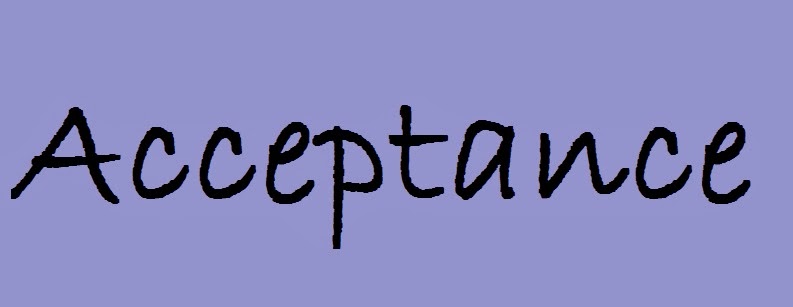Meaning of Acceptance:
According to Section 7, the acceptance of a bill is the indication by the drawee of his assent to the order of the drawer. It is the assent of the drawee signed up on the bill. Until the drawee gives his acceptance, he is not liable for the bill.
Essentials of a valid acceptance:
(1) Acceptance must be written. An appropriate word must be used by the drawee to give his acceptance.
ADVERTISEMENTS:
(2) Acceptance must be signed by the drawee as his agent.
(3) Acceptance must appear on the bill that is it is not important that the acceptance not be on the face of the bill. If the assent of acceptance is written on the back of a bill, it is also a sufficient acceptance in law.
(4) Acceptance must be completed by delivery to the holder or by notice of acceptance with him or some person on his behalf.
(5) A bill, if no time is given therein for presentment be presented for acceptance within a reasonable time after it is drawn.
ADVERTISEMENTS:
(6) The bill should be presented for acceptance at the placed mentioned therein. If no place of or presentment is given the bill should be presented at the drawees place of business.
(7) Where a bill is drawn in sets, the acceptance should be put on one part only.
(8) Acceptance may be absolute or conditional.
Problem:
(i) One of the essential elements of a valid acceptance is that it must be written on the bill and signed by the drawee. An oral acceptance is not sufficient in law. Thus, it does not stand to be a valid acceptance.
ADVERTISEMENTS:
(ii) The normal way in which the drawee accepts the instrument is by writing the word “accepted” on the face of the bill along with his name underneath. An acceptance will be valid, if the signature is only done and the word accepted not mentioned.
